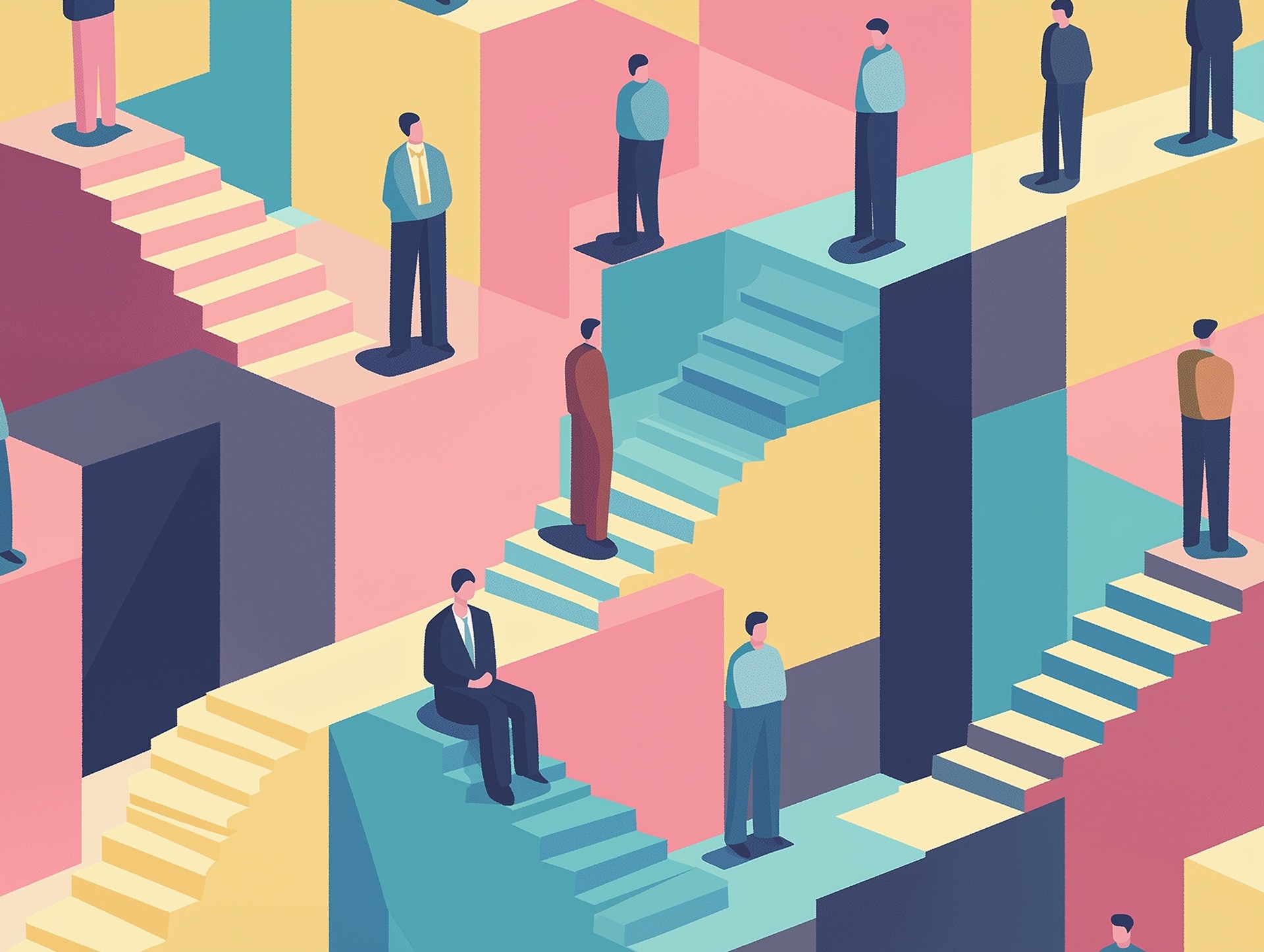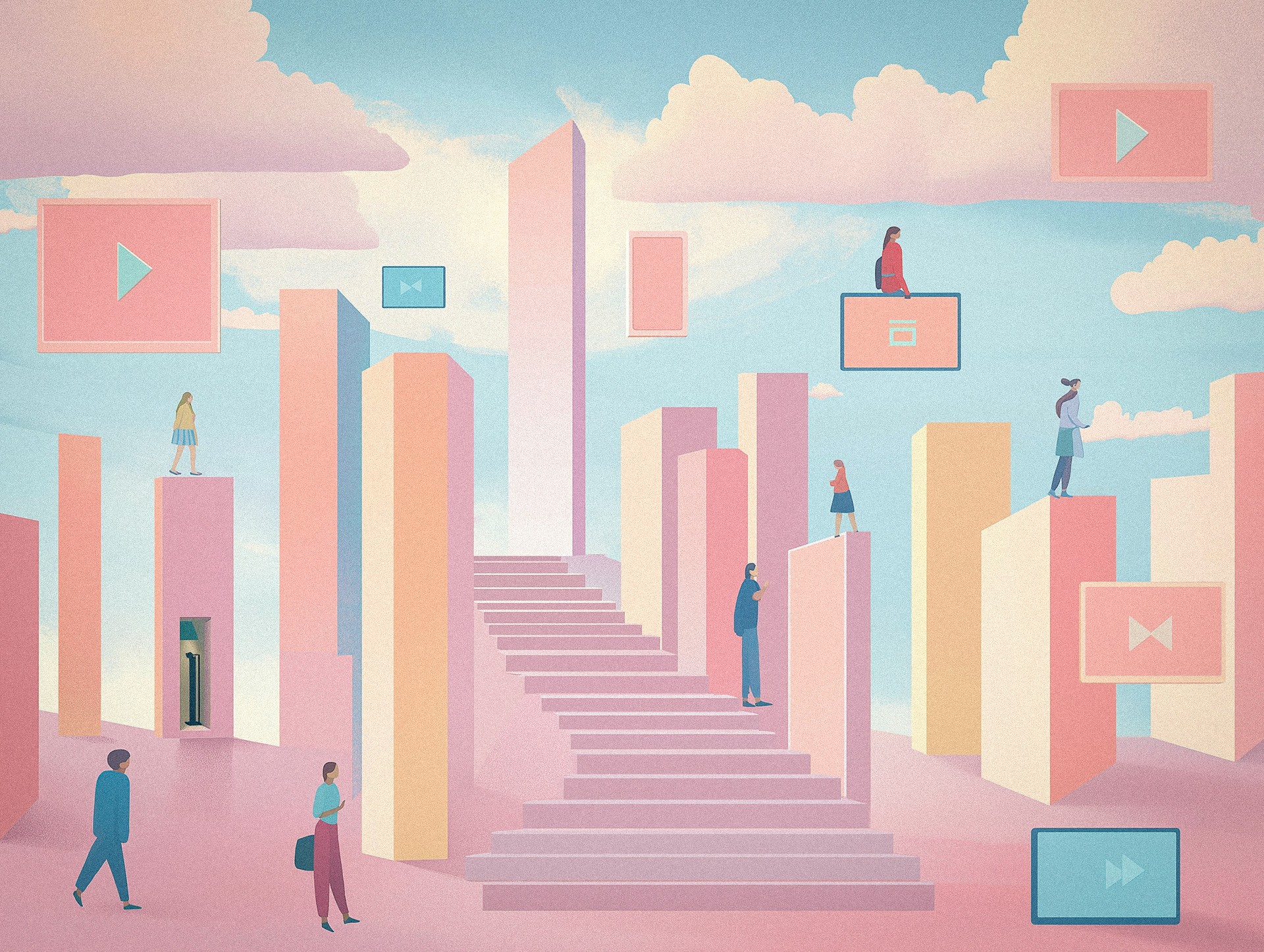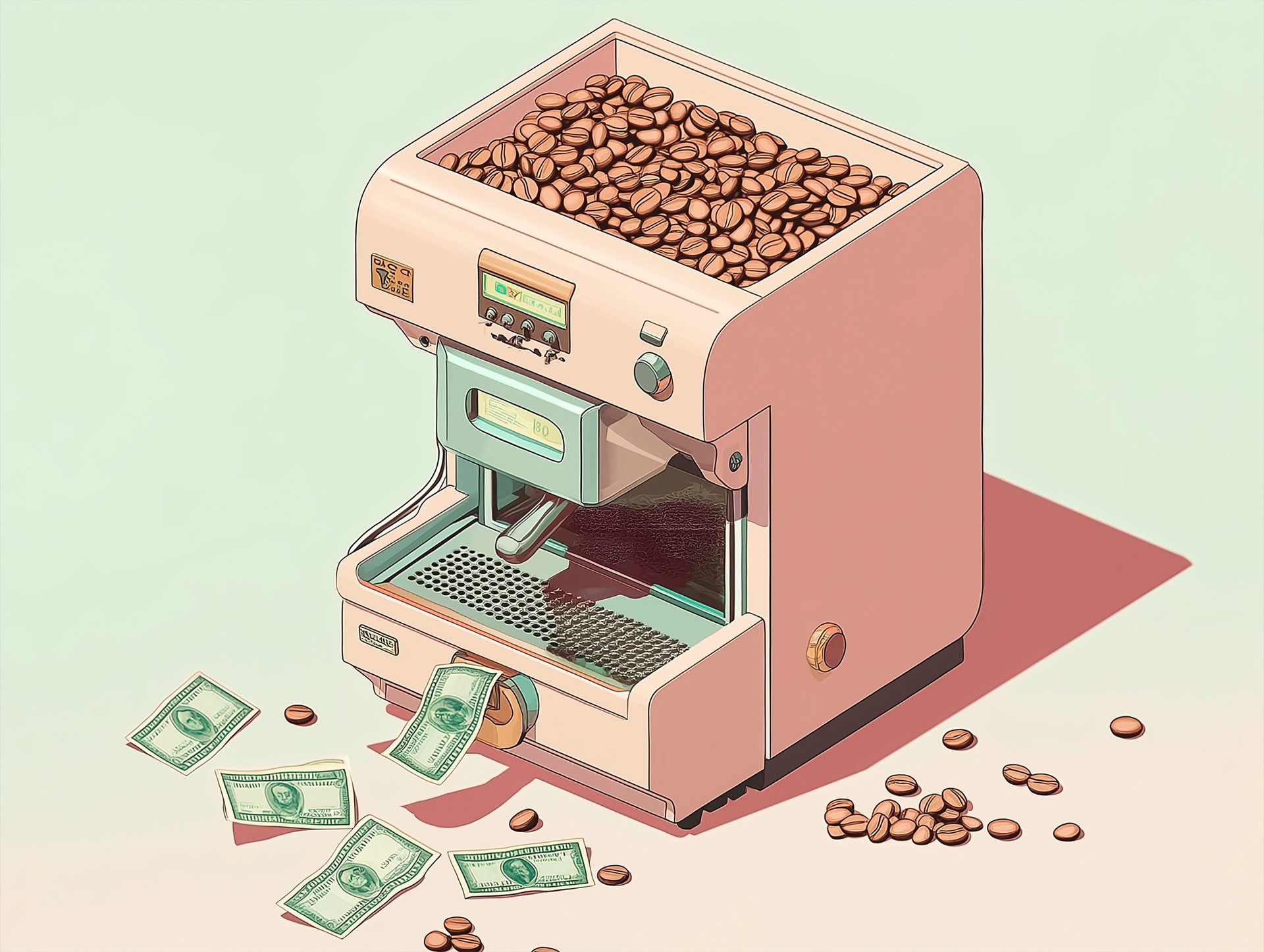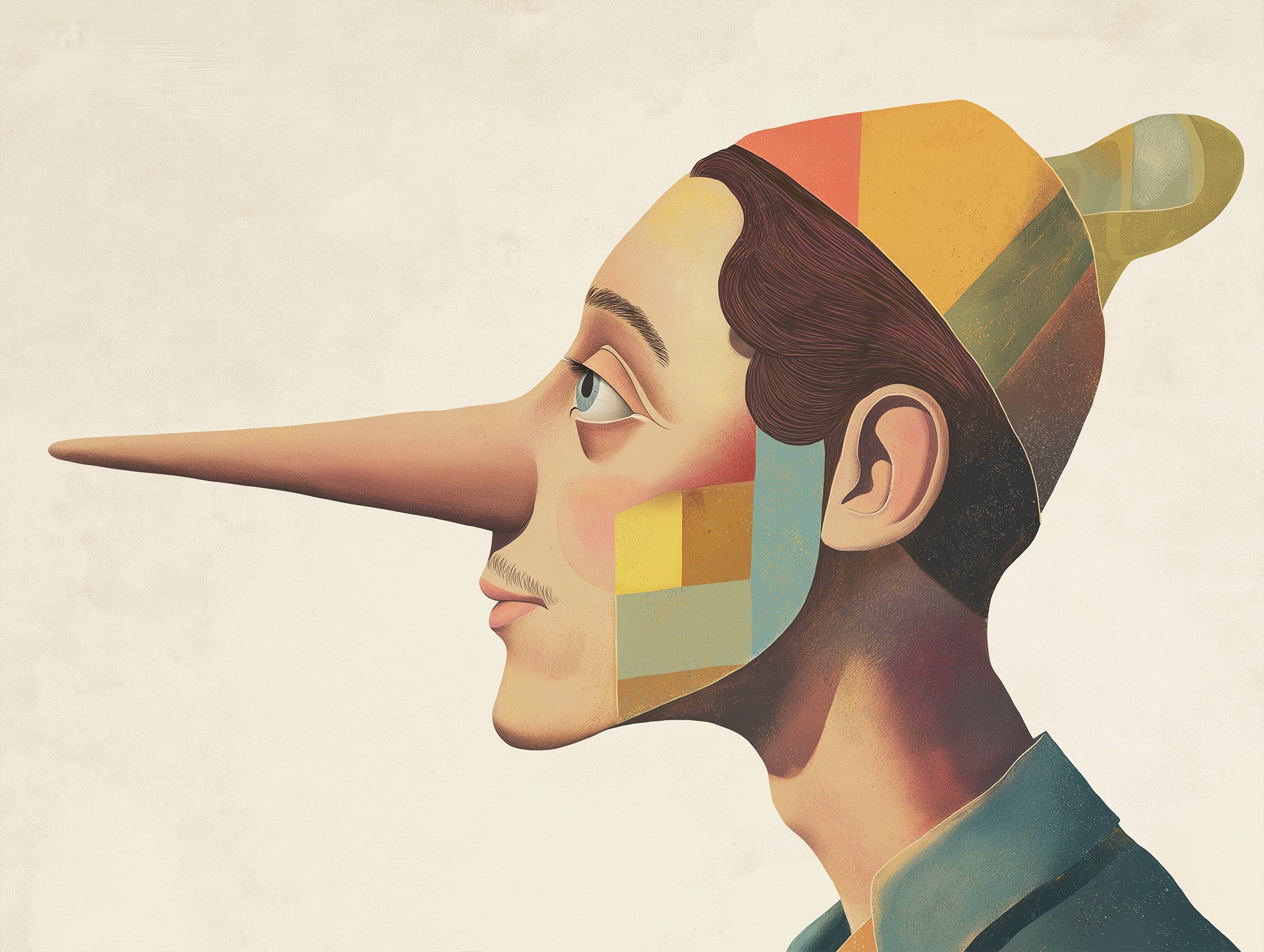👴🏻 More Senior, Less Designer.
Reflections from experience
When I started my career in user experience design, I spent countless hours sketching on paper and wrestling with Illustrator, as tools like Sketch were in their infancy and Figma or Adobe XD didn’t even exist.
Every day, I immersed myself in the challenge of aligning pixels, exploring typography, and building user flows that solved concrete problems. However, as the years went by, something started to change: the time I dedicated to "designing" in the practical sense began to decrease. As I took on roles with more responsibility, I discovered that my work increasingly revolved around talking, guiding, and collaborating, and less around actual design execution.
This doesn’t mean I’ve stopped "designing" altogether. Rather, designing at a senior level is less about technical execution and more about enabling others to design effectively. This shift can be difficult to accept, especially if, like me, you’re passionate about the technical and visual aspects of design. But in my experience, this expanded role is essential to ensuring the team achieves meaningful results.
The Shift: From designer to facilitator
Over time, the responsibilities of a senior designer naturally evolve into the following areas:
Strategic Definition: One of the most significant changes is the focus on understanding the bigger picture. This involves articulating project goals, aligning business objectives with user needs, and ensuring that all stakeholders are on the same page.
Leadership and Mentorship: Helping your team grow becomes a priority. This includes guiding junior designers, providing constructive feedback, and helping them navigate project challenges.
Stakeholder Management: A large part of the job involves communicating with non-technical stakeholders, translating ambiguous requirements into clear deliverables, and managing expectations to avoid misunderstandings.
Problem Solving: Often, your role shifts to being a problem solver rather than a solution creator. This means identifying blockers and collaborating with multiple teams to remove them.
Designing less, but designing better
At first glance, it might seem like designing less means losing touch with the core of design. However, I’ve learned that the impact of a senior designer isn’t measured by the number of interfaces they create but by the clarity and effectiveness with which they establish the foundations for their team to design.
This brings us to an important reflection: having a deep understanding of design fundamentals is critical. Those who master the principles of user-centered design, visual hierarchy, accessibility, and interaction flows are better equipped to guide teams toward optimal solutions.
As a senior, your role is to ask key questions:
What is the real problem we are solving?
How will we measure success?
Are all necessary voices included in the process?
How can we quickly and effectively validate our ideas with real users?
These questions help set a solid foundation, providing direction and focus from the start.
The importance of fundamentals: Returning to the basics
It’s common to hear junior designers obsess over the latest tools or trends. But with experience, you realize that tools are just that: tools. The one that feels indispensable today may be replaced tomorrow. What truly matters is a strong understanding of fundamentals. Aspects like user psychology, usability principles, and research methodologies are timeless and form the backbone of any successful project.
When you understand and master the core principles, it’s easier to adapt to any technology or trend. More importantly, you can help your team stay focused on what truly matters, avoiding distractions from fleeting fads.
Collaboration for better outcomes
One of the most significant shifts as you advance in your career is understanding that design is a collective effort. It’s no longer about "my design" but about "our product." This means investing time in interdisciplinary collaborations, integrating perspectives from developers, data analysts, marketers, and other key stakeholders.
In my experience, an effective senior designer:
Builds Bridges: Facilitates communication between teams to avoid silos.
Fosters Trust: Ensures that everyone involved in the project feels heard, creating a better environment for innovation.
Sets Priorities: Helps the team focus on the most important goals, avoiding distractions from "shiny objects."
In summary
Being a senior designer doesn’t mean leaving behind a love for design; it means embracing it from a new perspective. It’s about enabling others, leading with clarity, and ensuring that every decision is rooted in fundamental principles.
While I sometimes miss the days when I could lose myself in the details of a screen for hours, I also enjoy the challenge of building something bigger than myself. At the end of the day, that’s what really matters: creating meaningful experiences that positively impact users’ lives.
If you’re at a similar stage in your career, my advice is this: don’t be afraid to talk more and design less. Learn to see the impact of your work from a broader perspective, and trust that your experience and leadership are making a lasting difference.
.see also



